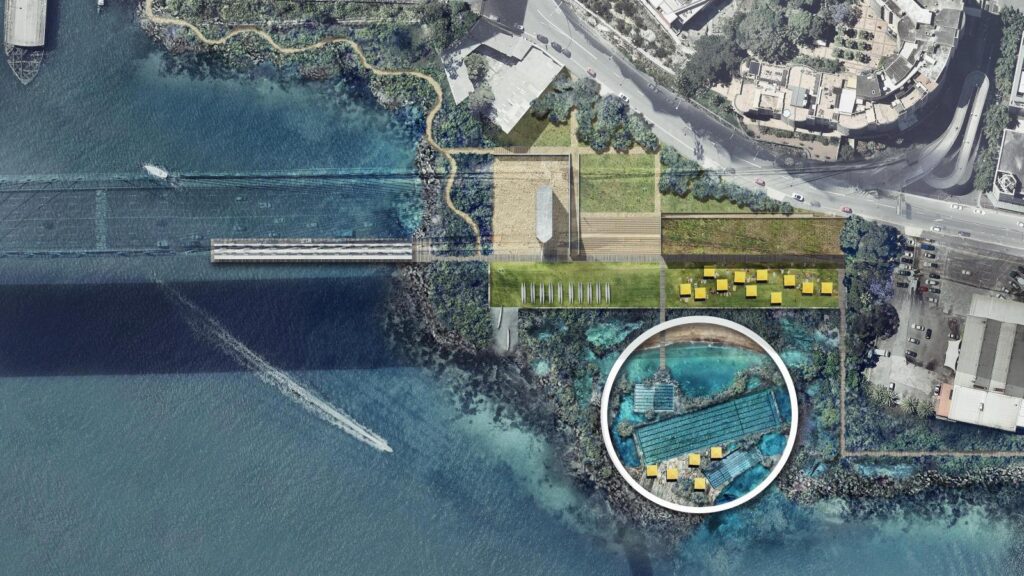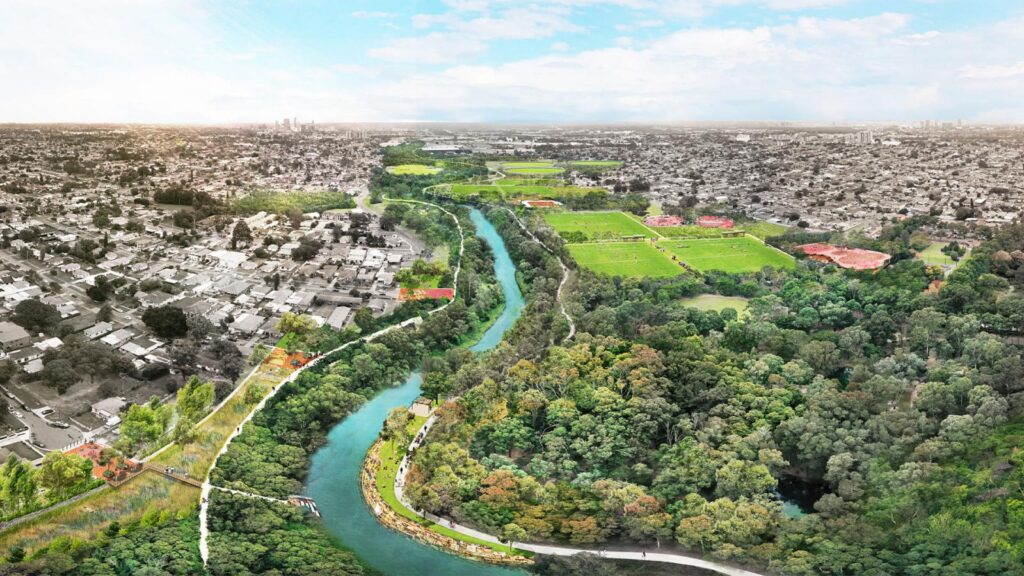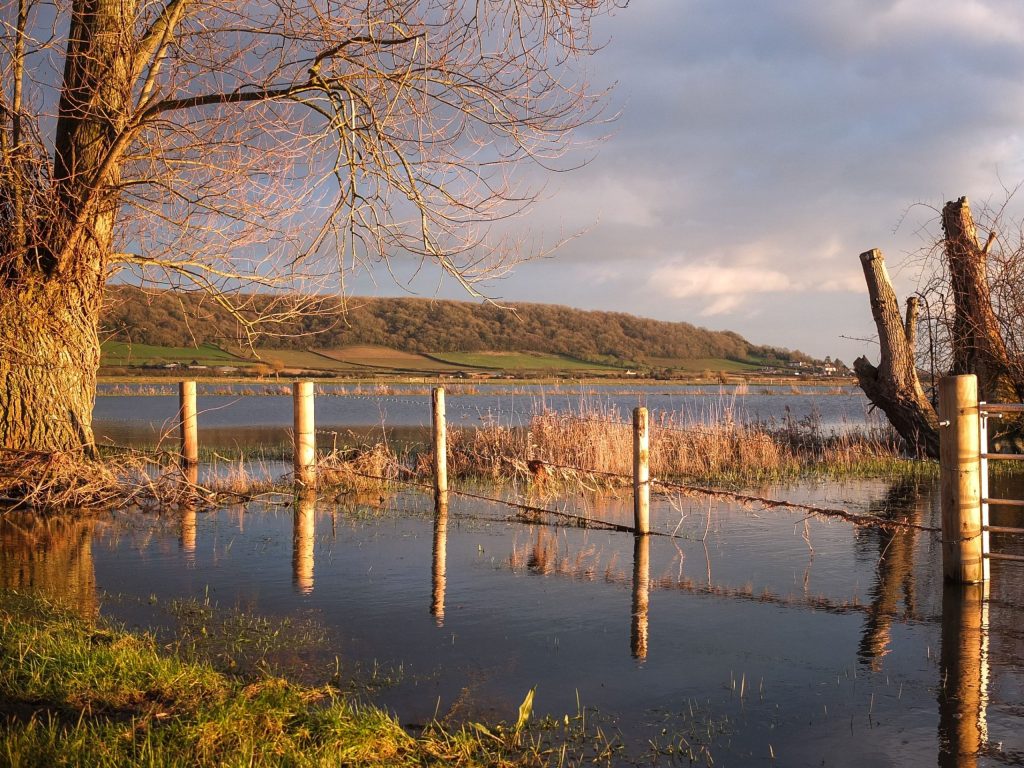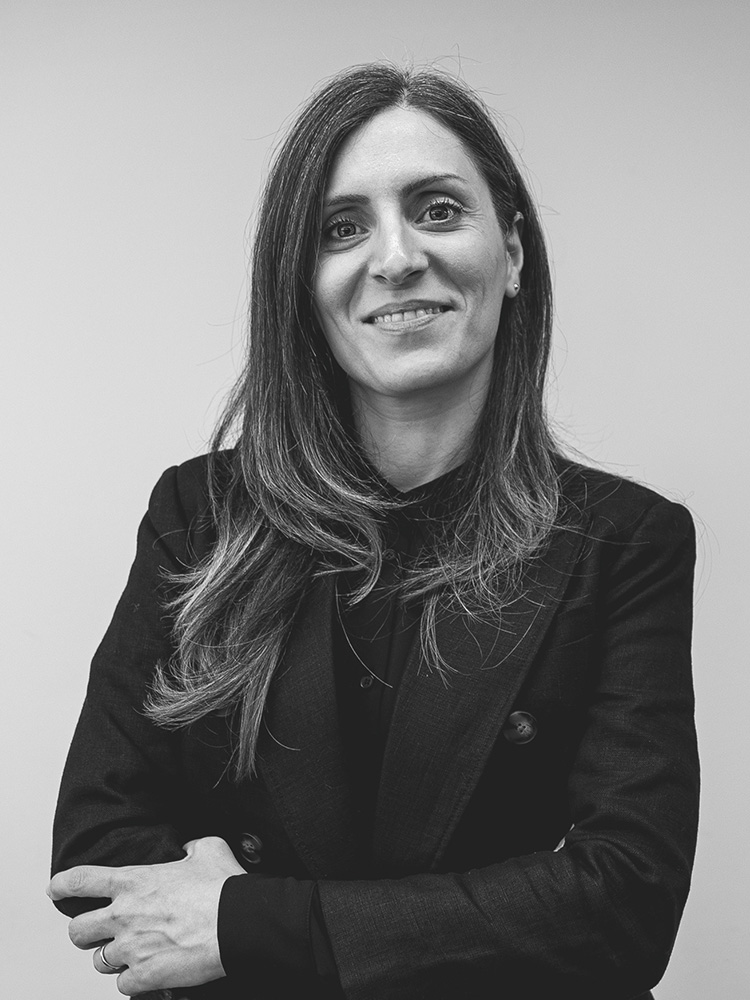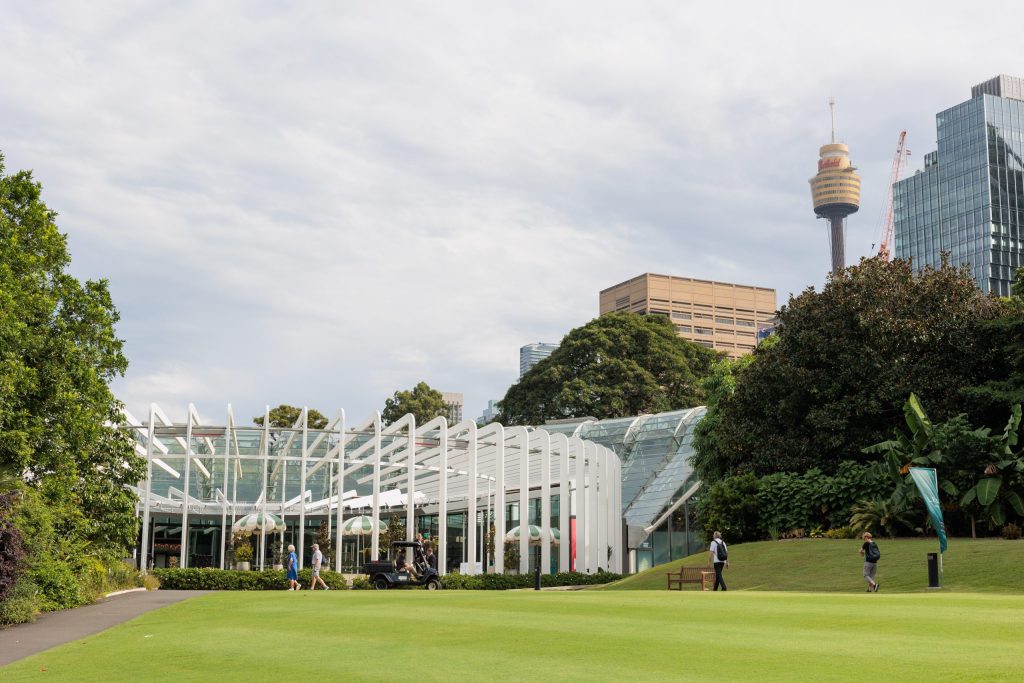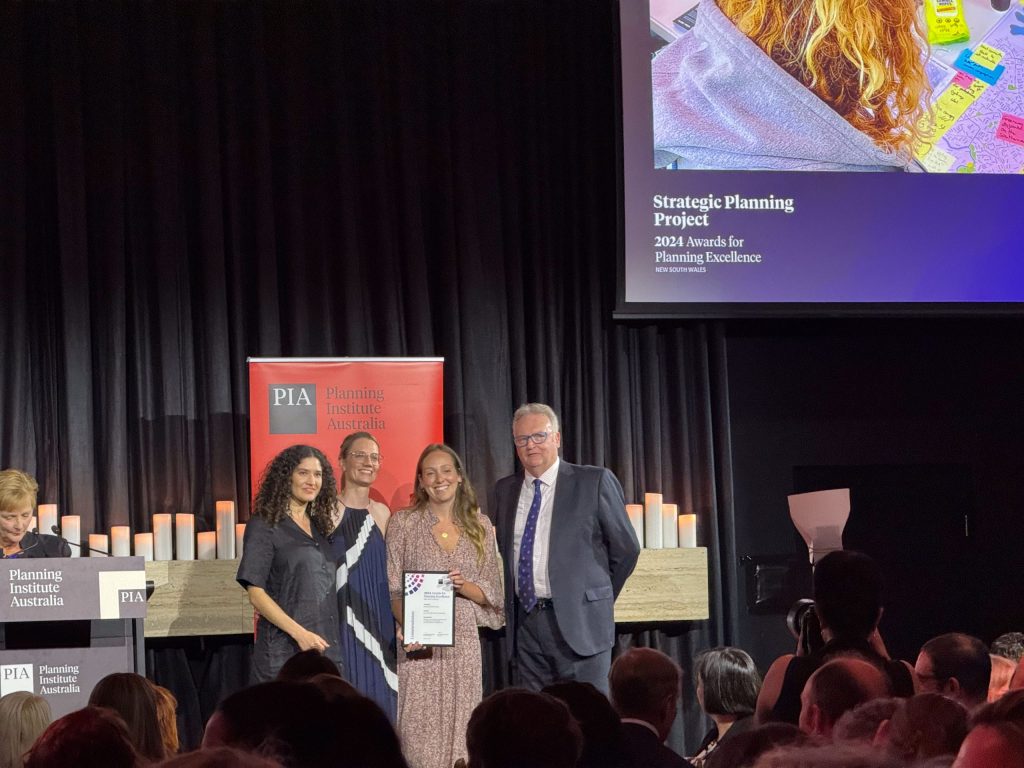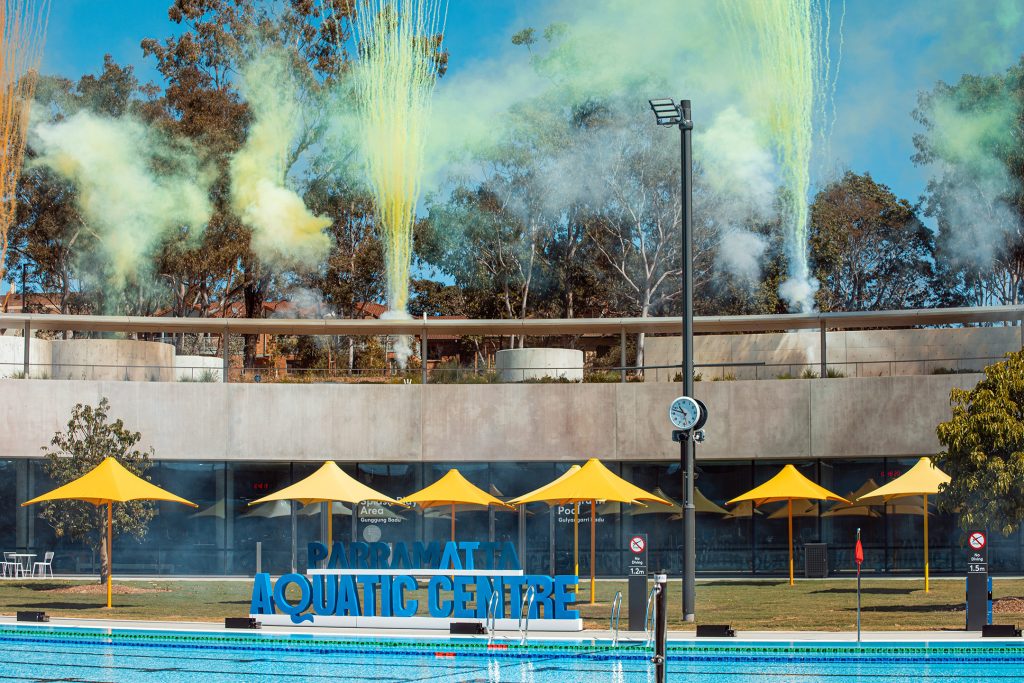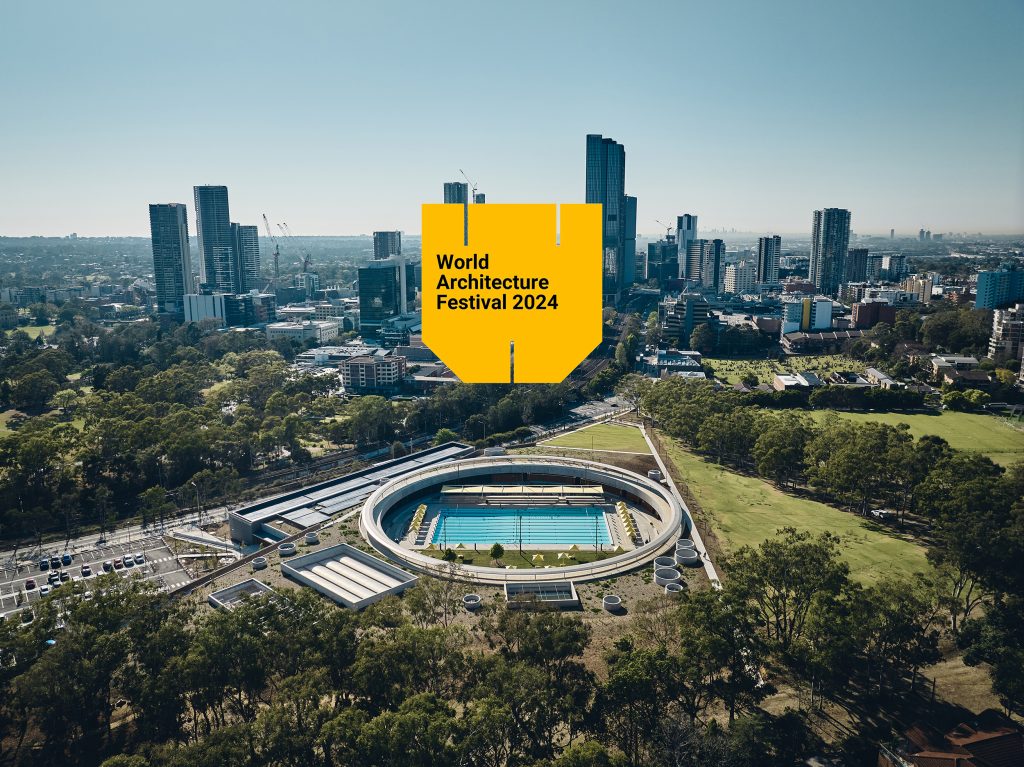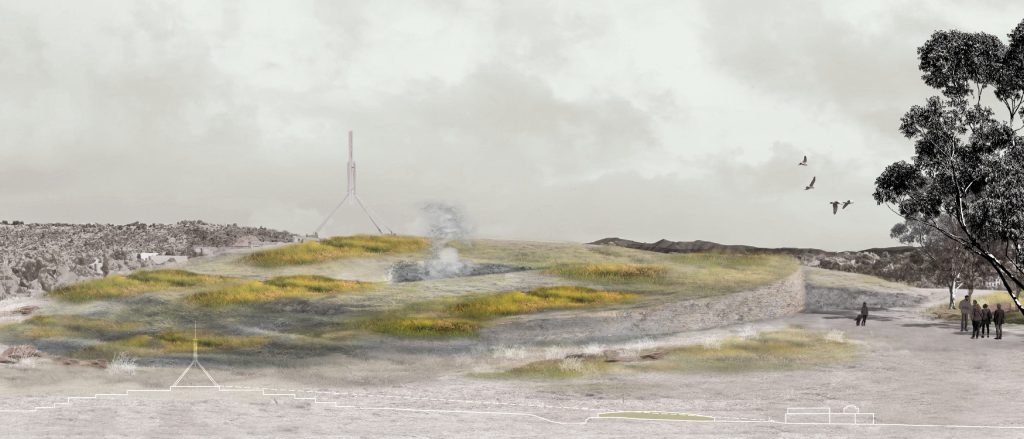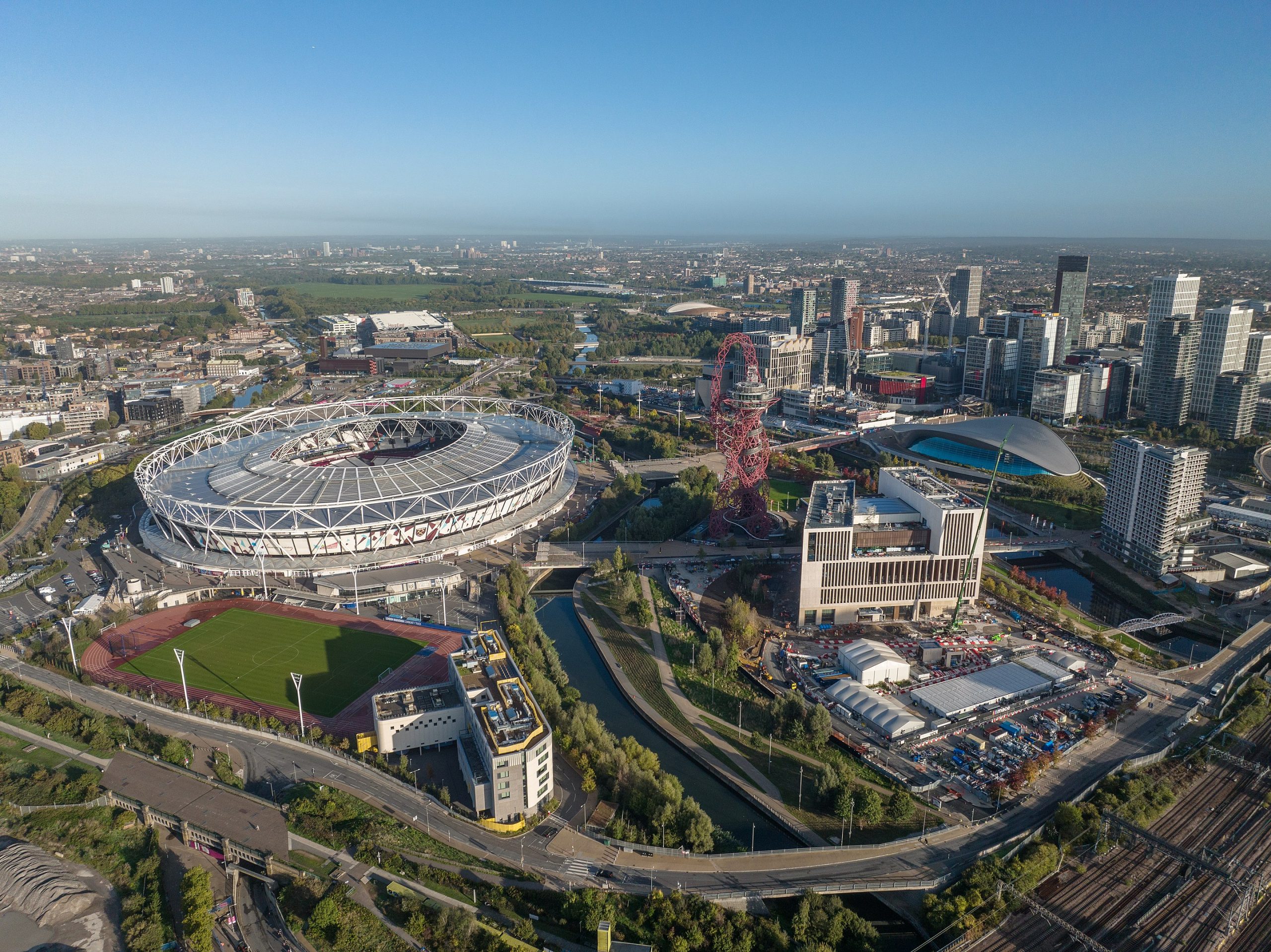Sustainability & Climate Resilience
The global trend towards increasing urbanisation, decreasing biodiversity, and a warming climate brings challenges and opportunities to our cities and environments. The Sustainability and Climate Resilience team is a diverse group of scientists, social researchers, ecologists, and specialists utilising the Biourbanism systems model to provide sustainability and resilience services.
Utilising the Biourbanism Place Prosperity Indicators, they develop plans to help clients achieve environmental compliance and obtain site green tool rating targets such as GBCA, BREAM and LEED. Our digital twin-compatible sustainability and resilience solutions encompass geospatial analysis and design services for air pollution, flooding, urban heat, sea level rise, water-sensitive urban design, water scarcity, renewable energy, decarbonisation and ecological restoration.
How and where we build impacts resilience. Using the Sendai Framework, we future-proof masterplanning to minimise community vulnerability and risk from escalating climate hazards. Integrating digital twin climate simulations from the BioLab, the team uses multi-hazard assessments to build resilience plans to enable the creation of prosperous, thriving communities. The teams offer services to create nature-positive, circular solutions for regions, cities, urban settlements, coastlines, waterways and environments.




